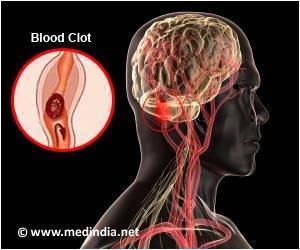Walking on an underwater treadmill was found to be more effective than walking on a conventional treadmill for patients in rehabilitation after a stroke.

‘Walking on an underwater treadmill was found to be more effective than walking on a conventional treadmill for patients in rehabilitation after a stroke.’





The findings stated that aquatic treadmill exercise may be a useful option for early intensive aerobic exercise after subacute stroke, as it may both improve their aerobic capacity and maximize functional recovery. The study included 21 patients recovering after a stroke where all patients had some walking ability, but with impaired leg movement on the side affected by the stroke.
The patients underwent two exercise tests: one on a conventional land treadmill and one on an aquatic treadmill, submerged in water up to their chests. In both tests, walking speed and slope were gradually increased until the patients felt they could not go any further.
Measures of exercise capacity were compared between the two tests. Two key measures were higher on the aquatic treadmill test: maximal oxygen consumption (VO2max), reflecting heart and lung function during exercise; and metabolic equivalents (METs), reflecting energy use.
Heart rate was not significantly different, but was related to oxygen consumption on both tests.
Advertisement
"This improved performance may reflect the fact that the aquatic treadmill exercise involved the fluid resistance of the water environment," said Bo Ryun Kim, a researcher at Jeju National University Hospital in South Korea.
Advertisement
Aquatic treadmill exercise may not only improve baseline functional status and functional recovery during the subacute period, it may also enhance social participation and quality of life during the chronic stroke period, the researchers suggested, in the paper published in the American Journal of Physical Medicine and Rehabilitation.
Source-IANS















